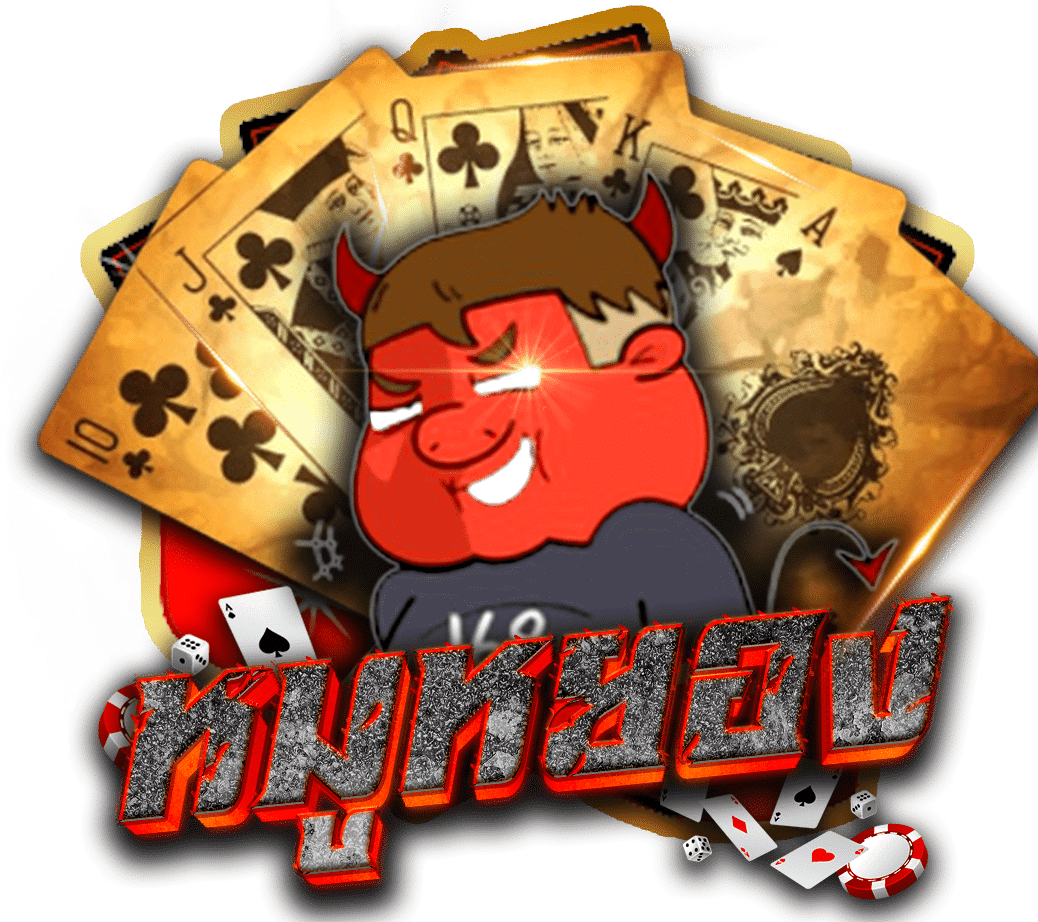Only preceding price action and further confirmation determine the bullish or bearish nature of these candlesticks. A candlestick that gaps away from the previous candlestick is said to be in star position. The first candlestick usually has a large real body, but not always, and the second candlestick in star position has a small real body.
When this primary criterion is met, traders will look for the best time to enter a long position in anticipation of a trend reversal. A Dragonfly Doji is a candlestick pattern that could indicate the potential price reversal to the downside or upside, depending on previous price movement. When the asset’s high, open, and closed prices are all the same, it forms a triangle. Estimating the potential reward of a dragonfly trade can also be difficult since candlestick patterns don’t typically provide price targets.
What Is the Dragonfly Doji Used for?
In this part of the article, we wanted to show you a couple of different trading strategy examples. In Japanese, doji means “blunder” or “mistake”, referring to the rarity of having the open and close price be exactly the same. Please note that by submitting the above mentioned details, you are authorizing us to Call/SMS you even though you may be registered under DND. The tail appears when the price opens at a high and then drops to a low due to a lot of selling.
Moments like that then become the right time for traders to take buying actions. So, to learn more about a doji candle and how to use this one-candle pattern, let’s see the full review below. Nevertheless, a doji pattern could be interpreted as a sign that a prior trend is losing its strength, and taking some profits might be well advised.
How to Trade a Dragonfly Doji?
This indicates that buyers controlled the price action from the first trade to the last trade. Black Marubozu form when the open equals the high and the close equals the low. This indicates that sellers controlled the price action from the first trade to the last dragonfly doji trade. In conclusion, the dragonfly doji is a candlestick pattern popular among traders, which functions to find information on a trend reversal. A gravestone doji occurs when the low, open, and close prices are the same, and the candle has a long upper shadow.
The difference between the dragonfly doji and gravestone doji can be seen first in their shape. Therefore, before exiting a position, it is essential to thoroughly analyze other candlesticks that accompany the presence of a doji candle. Regarding how to use it, a doji candle usually provides a moment of “pause and reflection” for traders. It’s a reversal pattern because before the Dragonfly Doji appears we want to see the price going down, thus it’s also a frequent signal of the end of a trend. This candlestick’s presence is most significant when it appears after a downtrend, preceded by bearish candlesticks.
Long Versus Short Shadows
The dragonfly doji pattern also can be a sign of indecision in the marketplace. For this reason, traders will often combine it with other technical indicators before making trade decisions. The reversal implications of a dragonfly doji depend on previous price action and future confirmation.
After a large advance (the upper shadow), the ability of the bears to force prices down raises the yellow flag. To indicate a substantial reversal, the upper shadow should be relatively long and at least 2 times the length of the body. Bearish confirmation is required after the Shooting Star and can take the form of a gap down or long black candlestick on heavy volume. The Inverted Hammer looks exactly like a Shooting Star, but forms after a decline or downtrend.
